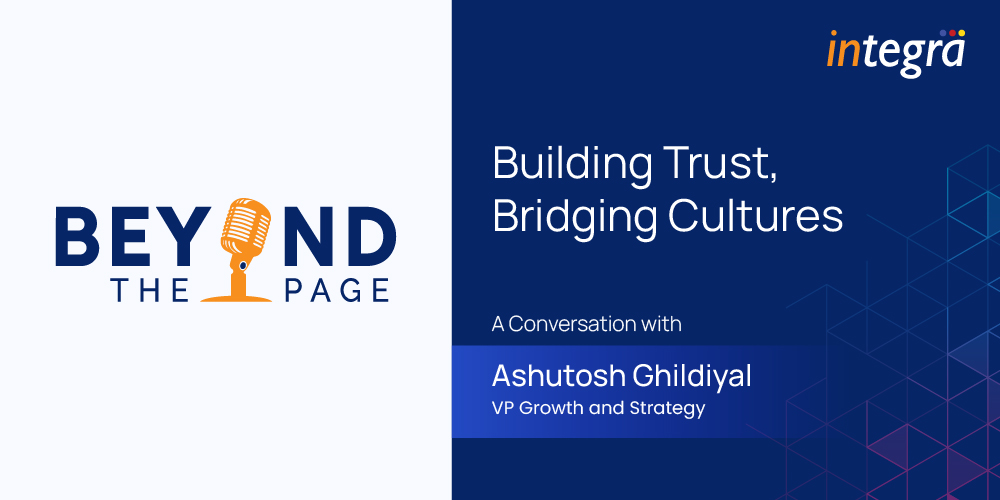Upholding Research Integrity in Academic Writing: Challenges and Best Practices

In the pursuit of knowledge, academic research serves as the cornerstone. It’s through rigorous investigation and meticulous documentation that new discoveries are made, theories are challenged, and the frontiers of human understanding are pushed. But underpinning this process is a fundamental principle: research integrity.
Research integrity refers to the commitment to ethical standards at every stage of the research process. It ensures the honesty, transparency, and accountability of scholarly work, fostering trust in the knowledge produced. Maintaining these standards is not just a moral imperative; it’s essential for the advancement of knowledge itself. Flawed or unethical research can lead to misleading conclusions, hindering progress and eroding public confidence in academia.
Understanding Research Integrity
Research integrity encompasses a set of core values that guide responsible research conduct. Honesty is paramount. Data must be accurately collected, reported, and analyzed, without fabrication or falsification. Transparency is equally important. Research methods, limitations, and funding sources should be clearly disclosed, allowing for scrutiny and replication. Finally, accountability ensures researchers take responsibility for their work, adhering to relevant ethical codes and addressing any concerns raised.
Upholding these principles fosters a research ecosystem where findings are reliable, fostering collaboration and driving innovation. It allows policymakers and the public to make informed decisions based on trustworthy evidence. Conversely, breaches of research integrity can have dire consequences. Fabrication of data can lead to retracted papers and damaged reputations. Plagiarism undermines intellectual property rights and stifles creativity. When such misconduct occurs, the entire academic community suffers a loss of credibility.
The Challenge of Paper Mills
Unfortunately, the path of ethical research can be marred by the presence of “paper mills.” These unethical operations offer to produce research papers, theses, or dissertations for a fee, often resorting to plagiarism or fabricated data. The allure of a quick fix can be tempting for some, but the ethical and professional repercussions are severe. Using a paper mill constitutes academic misconduct, potentially leading to disciplinary action, expulsion, or even career termination. Additionally, plagiarized work lacks originality and undermines the researcher’s own intellectual contribution.
The impact on the broader academic community is equally concerning. Reliance on paper mills contributes to the proliferation of unreliable information within the scholarly discourse. This not only hinders genuine progress but also erodes public trust in academic research.
Discussing the prevalent concerns revolving around paper mills within academia, Professor Dorothy Bishop from Oxford University expressed to The Guardian, stating,” The situation has become appalling. The level of publishing of fraudulent papers is creating serious problems for science. In many fields it is becoming difficult to build up a cumulative approach to a subject, because we lack a solid foundation of trustworthy findings. And it’s getting worse and worse.”
Ensuring Rigorous Peer Review
Peer review serves as a vital safeguard for research integrity. By subjecting research to the scrutiny of qualified experts in the field, peer reviewers can identify flaws in methodology, inconsistencies in data analysis, or potential biases. Impartiality and expertise are crucial here. Reviewers should assess the research on its merits alone, devoid of personal agendas or conflicts of interest. Additionally, constructive feedback can help researchers strengthen their work and ensure clarity and accuracy.
However, the peer review process is not without its challenges. Biases, both conscious and unconscious, can influence the review process. Similarly, conflicts of interest, where a reviewer might have ties to the research or the researchers, can compromise the objectivity of the review.
To address these challenges, initiatives are underway to enhance the transparency and effectiveness of peer review. Double-blind review processes, where neither the reviewers nor the authors know each other’s identities, can help mitigate bias. Additionally, open access models that make reviewer comments publicly available can foster greater accountability in the review process.
Navigating Conflicts of Interest
Conflicts of interest arise when a researcher’s personal, financial, or institutional ties might influence, or be perceived to influence, their research judgment. These conflicts can be subtle or overt. Financial ties to a company whose product is being researched, for instance, create a potential conflict. Similarly, personal relationships with co-authors can introduce bias.
Identifying and disclosing conflicts of interest is crucial. Often, simply disclosing the existence of a potential conflict allows editors and reviewers to assess the situation and determine if the research can proceed ethically. When necessary, researchers can implement strategies to manage conflicts, such as recusing themselves from certain aspects of the research or establishing clear boundaries between their personal and professional roles.
By prioritizing transparency and accountability when dealing with conflicts of interest, researchers can ensure the integrity and credibility of their work.
Empowering Ethical Authorship
Maintaining these high standards can be a demanding task. Fortunately, researchers have access to innovative tools like AuthorPilot. This AI-powered platform assists with authorship by providing a comprehensive manuscript analysis.
AuthorPilot goes beyond basic grammar checks, employing advanced algorithms to detect plagiarism and ensure the originality of your work. It also offers in-depth language refinement, suggesting improvements to clarity, flow, and overall writing style. Additionally, AuthorPilot performs technical checks, identifying inconsistencies and formatting errors that might raise red flags during peer review.
By leveraging such tools, researchers can focus their energy on the core aspects of their research – formulating insightful questions, conducting meticulous investigations, and drawing sound conclusions. AuthorPilot empowers ethical authorship, fostering confidence and ensuring your research shines with clarity and integrity.
Upholding research integrity is an ongoing responsibility for all scholars. Recognizing the dangers of paper mills, valuing the role of rigorous peer review, and navigating conflicts of interest are all crucial aspects of ethical research conduct.
Ultimately, the pursuit of knowledge thrives on honesty and transparency. By prioritizing these values, researchers can ensure the credibility of their work and contribute to a robust and trustworthy academic ecosystem.
Recent Blogs

Building Trust, Bridging Cultures – A Conversation with Ashutosh Ghildiyal



